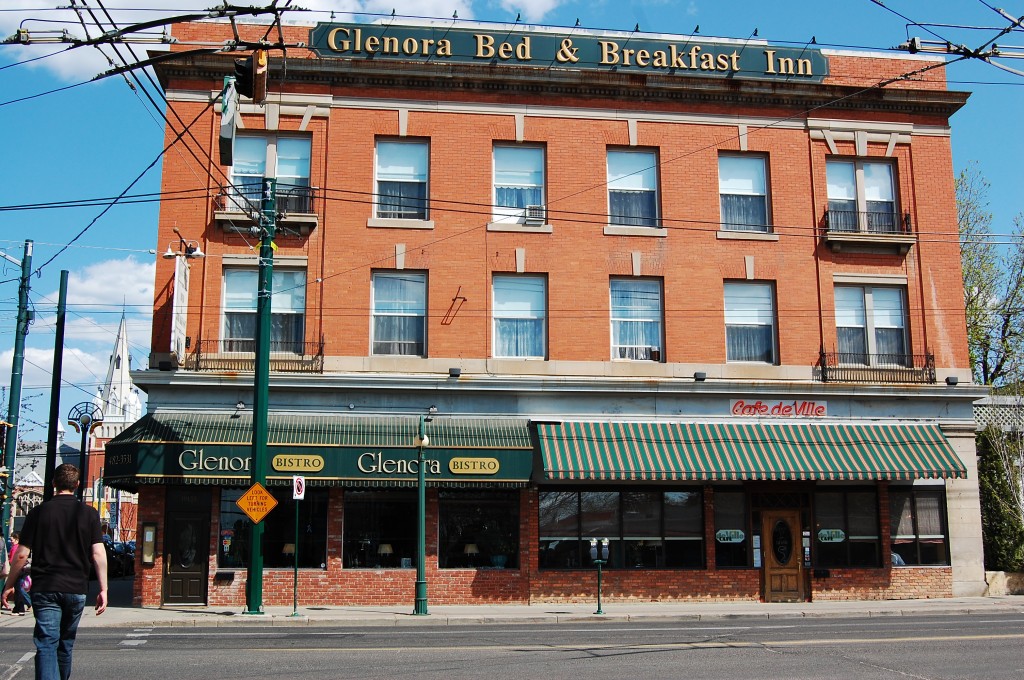YEG the Buyers Market of Alberta
Mon, 22 SepEdmonton’s real estate market is holding strong as it comes into fall, however a rising market also means larger price tags on residential and commercial properties. Current and prospective homebuyers can take comfort in their investments however, as statistics are showing the Edmonton market to be one of the most affordable in Alberta.
A recent article posted by Global Edmonton targeting the competitive nature of the Calgary and Edmonton real estate markets uses sales figures to show Edmonton in a clear win situation when comparing affordable housing prices. Additionally the Calgary Herald has made mention of record high prices in the large southern Alberta city.
Calgary has seen a 10.48 % increase since the same time last year, nearly double the national average. When comparing 11 major centres across the country, the sales figures increase was about 5.33% on average, according to the MLS Home Price Index. Additionally price growth percentage in Calgary has increased 25% over the past 3 years, while nationally that number is hovering around 12.5%.
Economist Leslie Preston (TD Bank) explains the situation down south:
“Existing home prices . . . are on track to outstrip income growth for a second straight year in 2014, which adds to concerns about an already-overpriced market. Affordability, even at low interest rates, has become an obstacle in many markets.”
Global News reports that coming in to winter the average home price in Calgary will be approximately $99,000 higher than that of Edmonton, and about $103,000 in the new year. According to Edmonton’s Chief Economist John Rose:
“When you look at housing affordability issues, Edmonton is actually – among Canada’s major metropolitan areas – one of the most affordable in terms of housing. You have to bear in mind that incomes in Edmonton are about 20 per cent above the national average.”
The affordability and availability of housing in Edmonton can account for the latest population influx in the area, and the strong economic upturn, especially in the real estate industry. Click Here to search for properties for sale in the Edmonton area.


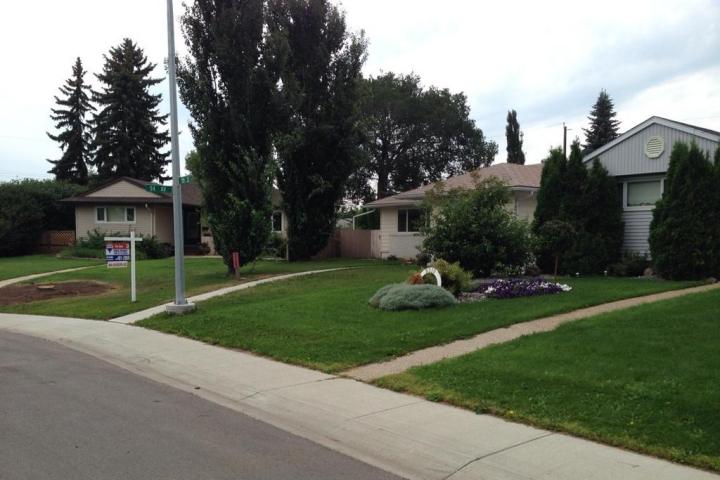
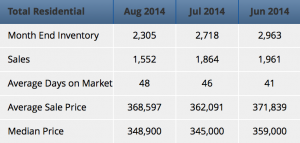
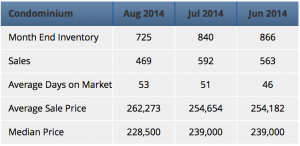
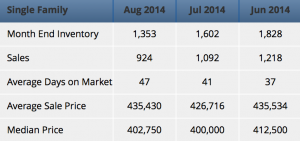

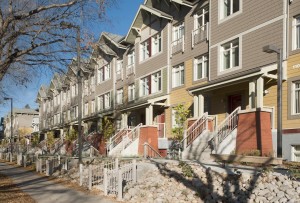

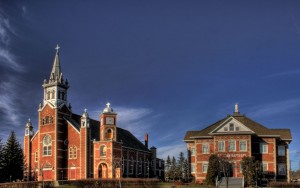
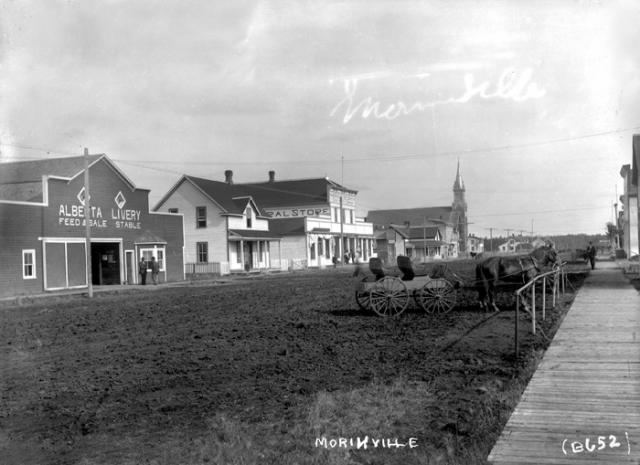
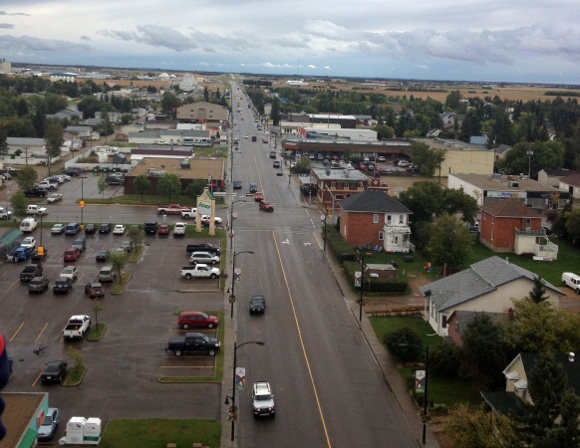
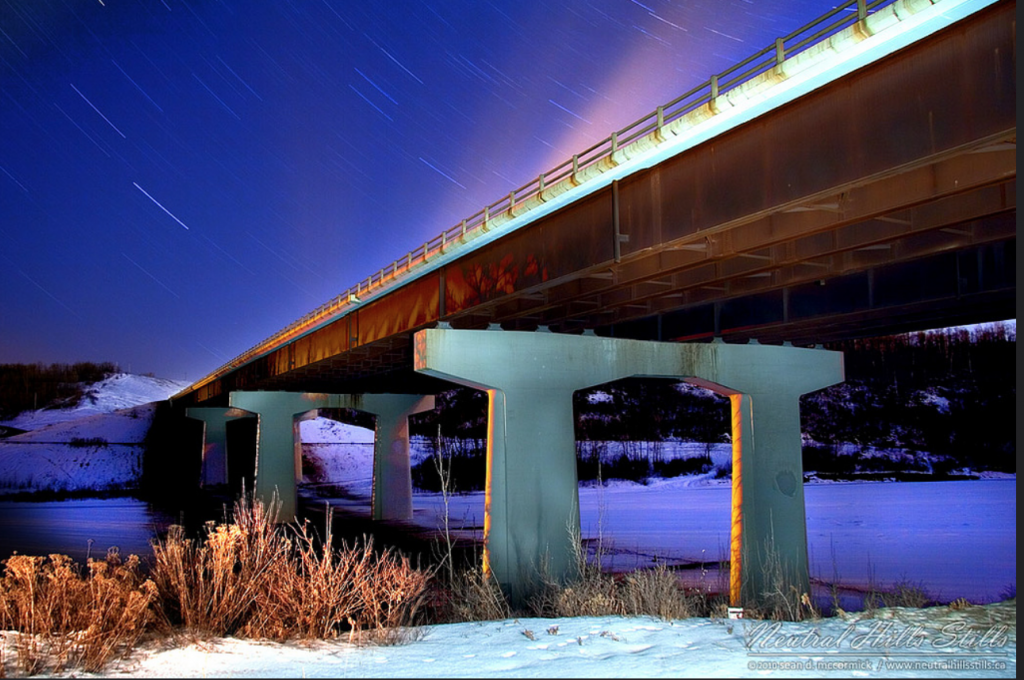
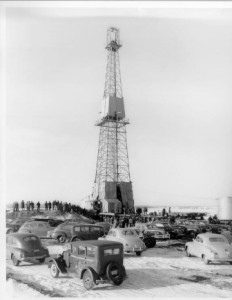
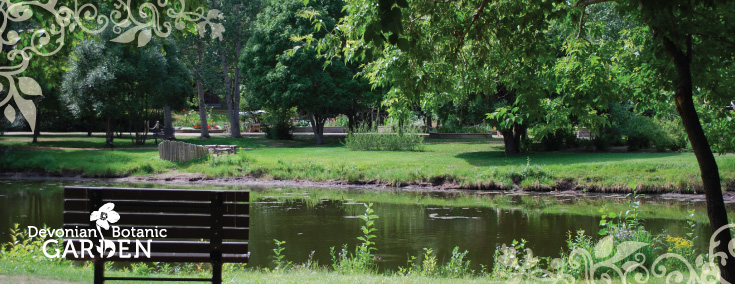
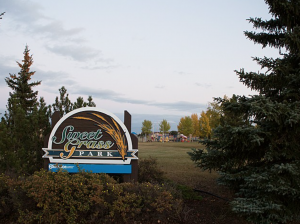
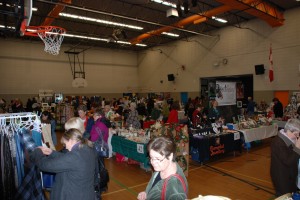
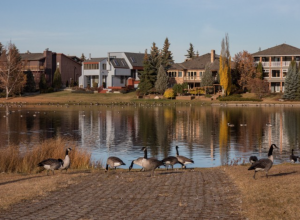
 Patricia Heights Walking Trail Access
Patricia Heights Walking Trail Access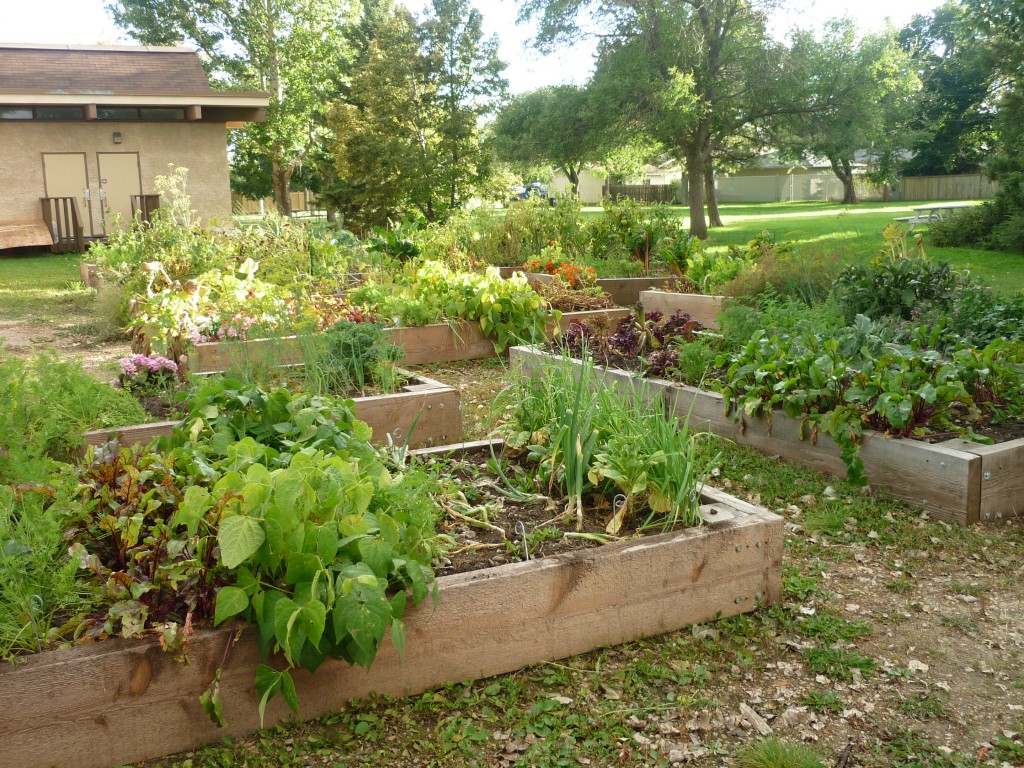 Rio Gardens sustainable food initiative.
Rio Gardens sustainable food initiative.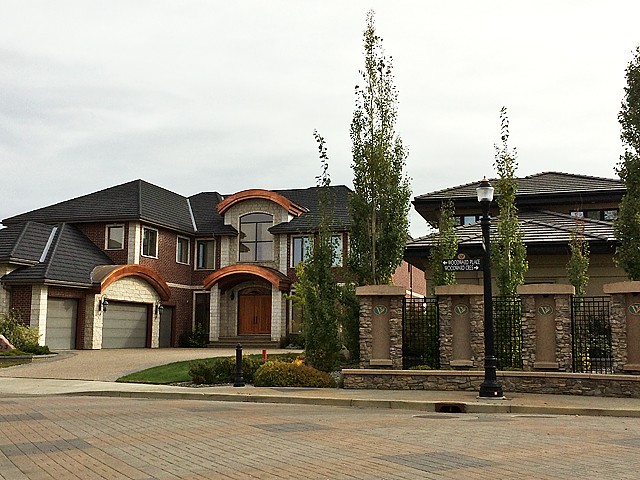 Homes in Oleskiw. Image Credit:
Homes in Oleskiw. Image Credit: 
